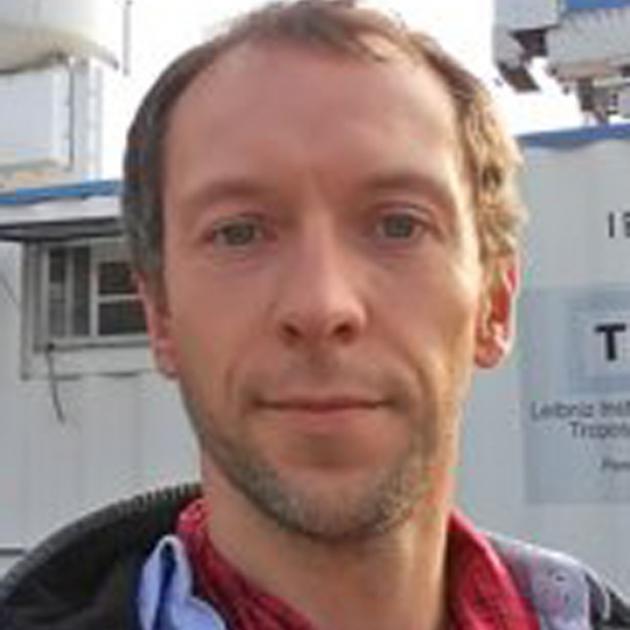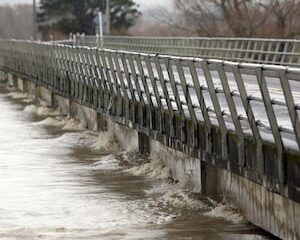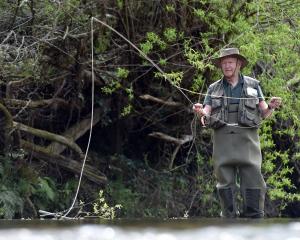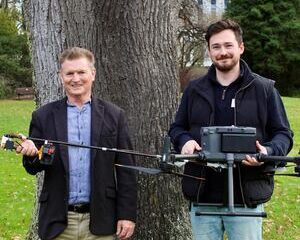Science
Laser Research Project Launches to Study Aerosols in New Zealand

A new research initiative aimed at understanding the impact of aerosols on the atmosphere has commenced at the MetService site near Invercargill Airport, New Zealand. The goSouth-2 project, which is set to officially open on September 3, 2023, is a collaborative effort involving institutions from Germany and New Zealand, including the Meteorological Institute of the University of Leipzig and the Leibniz Institute for Tropospheric Research (TROPOS), along with New Zealand’s MetService and the University of Canterbury.
Researchers from TROPOS are currently on-site preparing equipment for the project, which focuses on how tiny airborne particles, known as aerosols, influence atmospheric conditions. According to Dr. Patric Seifert, a researcher at TROPOS, aerosols originate from various sources both on land and at sea, including salt, dust, pollen, and emissions from fires or volcanic activity. These particles play a crucial role in cloud formation by serving as nuclei for cloud droplets.
“The less aerosol particles are available, the less cloud particles can form, and vice-versa,” Dr. Seifert explained. The unique geographical location of Invercargill, situated at the northern edge of the Southern Ocean, offers an ideal setting for studying the relationship between aerosols and clouds. This area experiences very clean atmospheric conditions when influenced by air masses from Antarctica, contrasting sharply with the pollution from continental air masses arriving from Australia.
Understanding these dynamics is critical, as atmospheric and climate models have historically struggled to accurately simulate cloud behavior over the Southern Ocean compared to the northern hemisphere. Researchers believe that disparities in aerosol concentrations between the two hemispheres may account for this difference. Current data is predominantly derived from the more polluted northern hemisphere, leaving a gap in knowledge regarding the southern atmosphere.
Invercargill’s selection as the research base is also attributed to its logistical advantages, facilitating the operation of equipment and accommodation for the research team. The MetService has established a history of valuable observations at this site, including long-term weather balloon soundings, precipitation measurements, and solar and thermal radiation assessments.
Though the majority of the research instruments are land-based, residents near Invercargill Airport may notice a distinctive green laser beam in the sky. “Our lidar systems emit laser pulses to investigate the aerosols,” Dr. Seifert noted, assuring that airport staff have been informed about the laser’s presence. Additionally, radar systems will be utilized to monitor clouds and precipitation during the project.
Over the next 18 months, a team of five TROPOS scientists will be on-site, while around 15 colleagues will analyze the collected data in Germany. This initiative follows the successful completion of goSouth-1, a month-long study conducted in 2022 near Pahia, approximately 50 kilometers from Invercargill, which provided foundational insights for the current research. The findings from goSouth-2 are anticipated to enhance our understanding of atmospheric processes, contributing valuable knowledge to climate science.
-

 Sports1 month ago
Sports1 month agoNetball New Zealand Stands Down Dame Noeline Taurua for Series
-

 Entertainment1 month ago
Entertainment1 month agoTributes Pour In for Lachlan Rofe, Reality Star, Dead at 47
-

 Sports1 month ago
Sports1 month agoSilver Ferns Legend Laura Langman Criticizes Team’s Attitude
-

 Entertainment2 months ago
Entertainment2 months agoKhloe Kardashian Embraces Innovative Stem Cell Therapy in Mexico
-

 Entertainment1 week ago
Entertainment1 week agoNew ‘Maverick’ Chaser Joins Beat the Chasers Season Finale
-

 Sports2 months ago
Sports2 months agoGaël Monfils Set to Defend ASB Classic Title in January 2026
-

 World3 months ago
World3 months agoPolice Arrest Multiple Individuals During Funeral for Zain Taikato-Fox
-

 Politics2 weeks ago
Politics2 weeks agoNetball NZ Calls for Respect Amid Dame Taurua’s Standoff
-

 Entertainment3 weeks ago
Entertainment3 weeks agoTyson Fury’s Daughter Venezuela Gets Engaged at Birthday Bash
-

 Sports3 weeks ago
Sports3 weeks agoHeather McMahan Steps Down as Ryder Cup Host After Controversy
-

 Entertainment3 weeks ago
Entertainment3 weeks agoTyson Fury’s Daughter Venezuela Gets Engaged at Birthday Bash
-

 World2 weeks ago
World2 weeks agoNew Zealand Firefighters Plan Strike on October 17 Over Pay Disputes





















